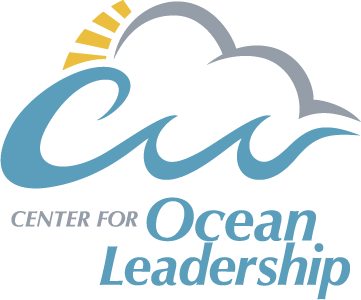Coastal Communities
Resources

Resilient Coastal Communities
Humans have long been drawn to the coast. Shorelines provide access to food, transportation, inspiration, and opportunities for exploration. However, the desirability of coastal living leads to mounting pressure on the very resources that make it so attractive.
Coastal resilience means building a community’s ability to “bounce back” after hazardous events such as hurricanes, coastal storms, and flooding. Escalating populations and development, erosion, more frequent flooding and sea level rise, storm impacts, and pollution are among the stressors on the resilience of our coastlines and coastal communities. Poor resilience leads to reductions in storm protection, economic sustainability and recovery, food and resource security, and healthy recreational opportunities.
Coastal communities need to adapt and plan to preserve the way of life and the natural resources they value. As approximately 40% of the U.S. population inhabits coastal regions, we need to understand our impact on the coasts and how to better protect our communities. Informed students and citizens can mobilize and lead our country to more sustainable development and to long-term solutions for the protection, restoration, and enhancement of our coasts.
Topics To Explore
Webinar Series
View the NOSB’s resiliency-themed Professional Development Webinar Series recordings to learn more about the threats to coastal communities, methods of coastal management, importance of living shorelines, shoreline stabilization, and importance of coastal fisheries.
2022 Professional Development Webinars: Dr. Sean Hayes
As climate change begins to have influences on the physical processes of the ocean there will be a variety of responses by most marine taxa. NOAA Fisheries is responsible for managing many if not most of these species in US waters. The presentation will highlight some general principles that can be expected, and then dive a little deeper into some case studies from several of NOAA’ Species in the Spotlight including seals, salmon, whales and more.
2022 Professional Development Webinars: Dr. Andrea Copping & Dorian Overhus
As we combat climate change, marine renewable energy (MRE) has the potential to play an important role. However, we need to understand the impact tidal, wave, and ocean thermal energy devices may have on marine animals and the environment in order to deploy MRE devices in a responsible manner. This webinar will cover the importance of MRE and how it relates to climate change, what is known about environmental interactions, and next steps for the industry.
More Places To Learn
Resilience (NOAA National Ocean Service)
Water Cleaning Capacity of Oysters Could Mean Extra Income for Chesapeake Bay Growers
Healthy, Resilient, and Sustainable Communities After Disasters (NASEM)
Reducing Coastal Risk on the East and Gulf Coasts (NASEM)
Understanding the Connections Between Coastal Waters and Ocean Ecosystem Services and Human Health: Workshop Summary (NASEM)
Conceptual Guidance for Considering the Use of Living Shorelines (NOAA)
Engineering away our natural defenses: An analysis of shoreline hardening in the U.S. (ESA Journals; login required)
Living Shorelines: Coastal Resilience with a Blue Carbon Benefit (PLOS One; open access)
Breaking the Waves (Science Magazine; login required)

